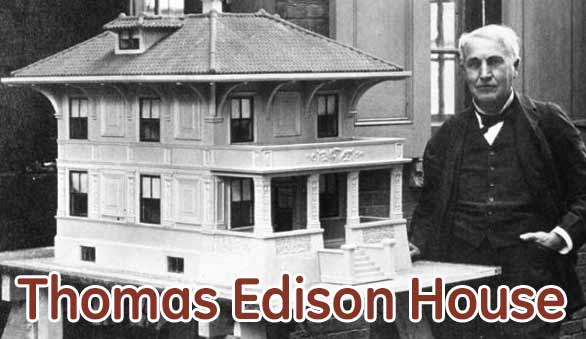Whitehall House & Gardens - Where History Grows
It is the mission of Whitehall House & Gardens to preserve, educate and present the house as a Victorian interpretation of a southern plantation and to maintain and develop the grounds and gardens as a green space for future generations.
Hume Logan, Jr., the property's last private resident, had a vision for his beloved Whitehall. He knew that it must one day be open to the public so that future generations could learn about and enjoy the house and gardens he called home.
Since opening our doors to the public in 1994, Whitehall has welcomed visitors from near and far who tour the historic Whitehall mansion and learn about 19th and early 20th century Louisville life. Original gas fixtures and a collection of French and American antiques contribute to the story of a by-gone era exemplified by a visit to Whitehall. Whitehall's history has continued to grow with an ever-evolving horticultural collection of gardens and wonderful trees and plants.
The Woodland Garden
A visit to Whitehall is never complete until you have experienced the Woodland Garden, a magnificent fern collection thought to be unprecedented in the region. A small fern display garden was established several years ago in collaboration with Ralph Archer, a self-proclaimed "fernatic." In the years since the garden has been designated a Hardy Fern Foundation Display Garden.
The Woodland Garden is a hidden treasure that we invite you to discover during your next visit to Whitehall. In the beginning, Ralph Archer discovered good soil, but dense Euonymous groundcover on the woodland site. Archer and Whitehall's gardener experimented with ways to eliminate the Euonymous, including physical removal with spades and hard labor, as well as an attempt to injure the Euonymous with string trimmers followed with applications of Round-Up. In the end, it was discovered that the simplest technique was to smother the groundcover with cardboard and a foot or more of woodchips. A year later the beds could be planted with ferns and other woodland plants in the decayed chips and cardboard.
The woodland site had been littered with fallen tree trunks and limbs, but Archer turned this problem of the garden into what has become one of its most charming features: a stumpery. A stumpery refers to a Victorian garden design where trees logs and stumps are used for the rustic planting of ferns and other woodland plants. The most famous is at Highgrove, the private residence of the Prince of Wales. Today, there are more than 150 species, sub-species, or named cultivars in the garden, including a recent addition of 30 named Victorian cultivars. It's an absolute heaven for any "fernatic," but easily enjoyed by everyone!
